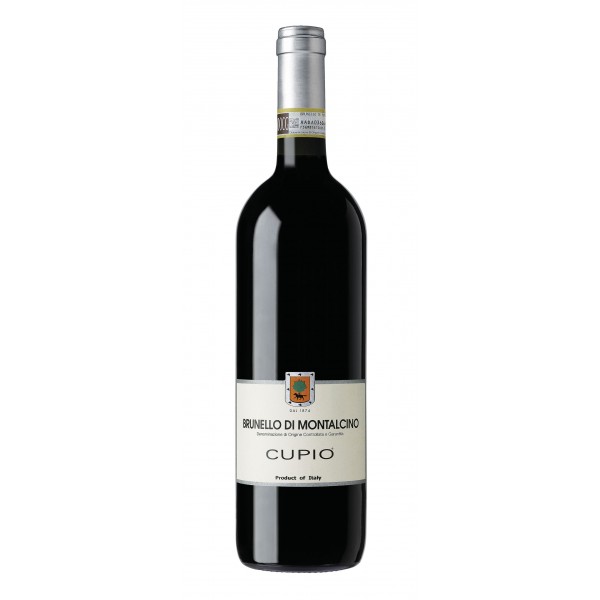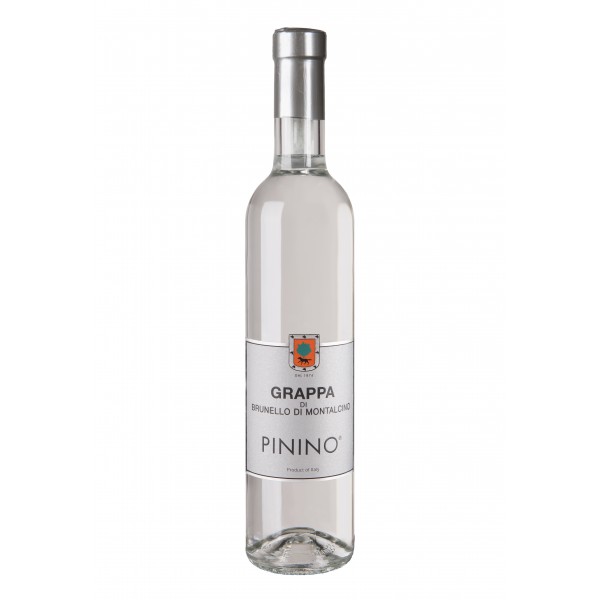No products
Categories
- Fashion Accessories
- Clothing
- Beauty & Lifestyle
-
Hi-Tech & Lifestyle
- Gaming
-
Case
- iPhone 11 Pro
- iPhone 11 Pro Max
- iPhone 11
- iPhone X / XS
- iPhone XS Max
- Samsung S10 / S10+ / S10e
- Huawei P30 / P30 Pro / P30 Lite
- Huawei P20 / P20 Pro / P20 Lite
- iPhone XR
- Samsung S9
- Samsung S9+
- iPhone 8 / 7
- iPhone 8 Plus / 7 Plus
- Samsung S8
- Samsung S8+
- Samsung S7
- Samsung S7 Edge
- iPhone 6 / 6 s
- iPhone 6 Plus / 6 s Plus
- iPhone 5 / SE
- Skin
- Audio
- Smart Home
- Drones & Hoverboard
- Photo & Video
- Desk Supplies
- Accessories
- Games
- Beverages
- Food
- Home
- Jewelry
- Luxury
- Travel
- Art
- Footwear
- Vintage Fashion
- Restaurants
- Sport
- Animals
- Gift Ideas
- Kidswear
Extra
Pinino
Brunello di Montalcino since 1874

Origins
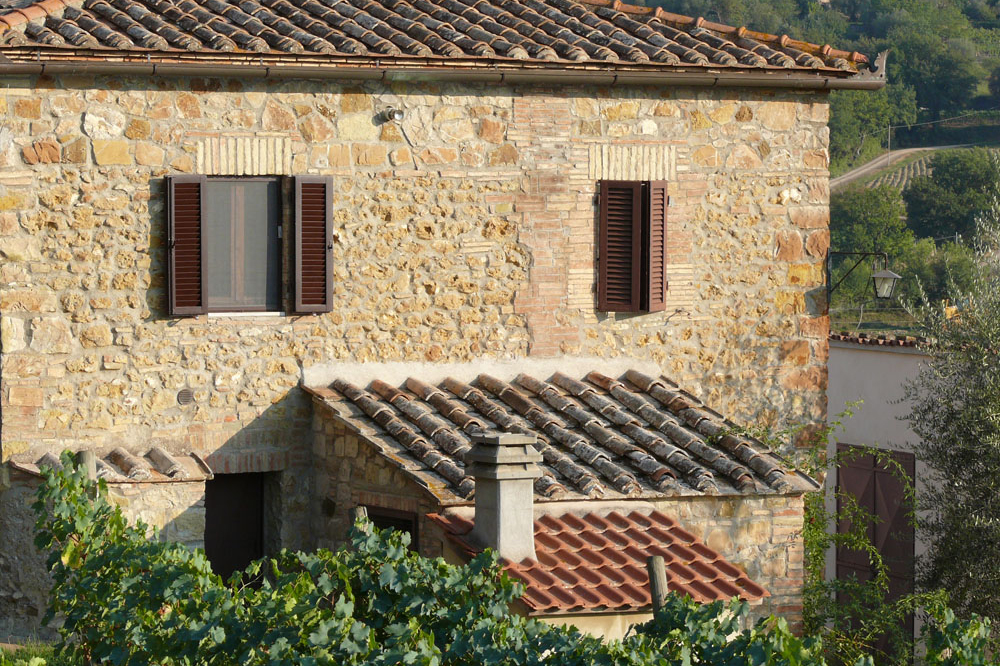
Founded in 1874 by lawyer Tito Costanti, one of the first intellectuals who studied and laid the foundations for the fame of Brunello, Pinino is one of the wineries that marked the history of the Brunello di Montalcino Consortium. In 1950, it was actually one of the first wineries registered in the Brunello producers' register, in addition to being among its founders. In 2003, it was acquired by the Austrian Gamon family and the Spanish Hernández family, with the common intent of producing quality wines, and it remained in their hands until the purchase by the Ferragamo family.




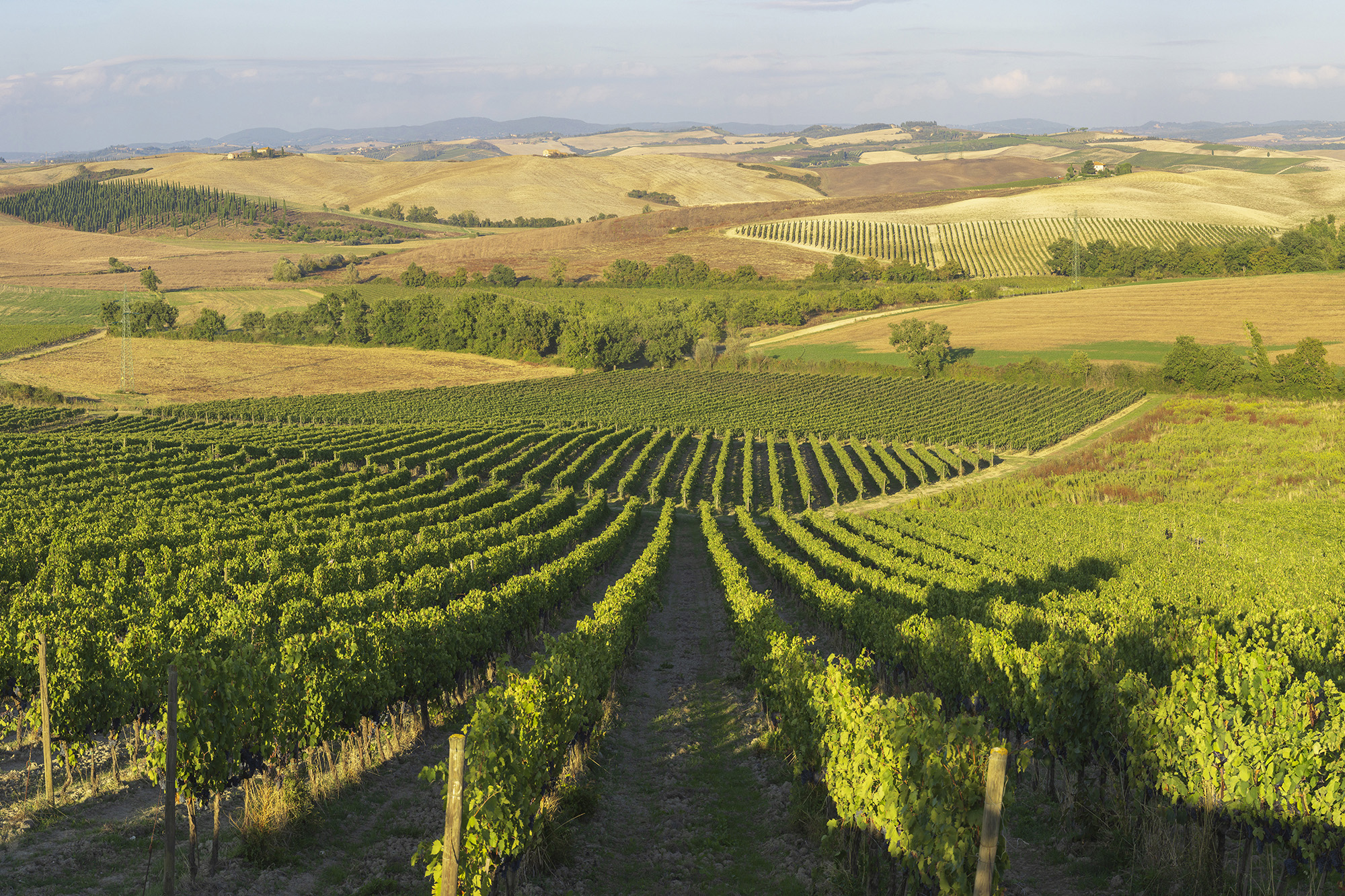

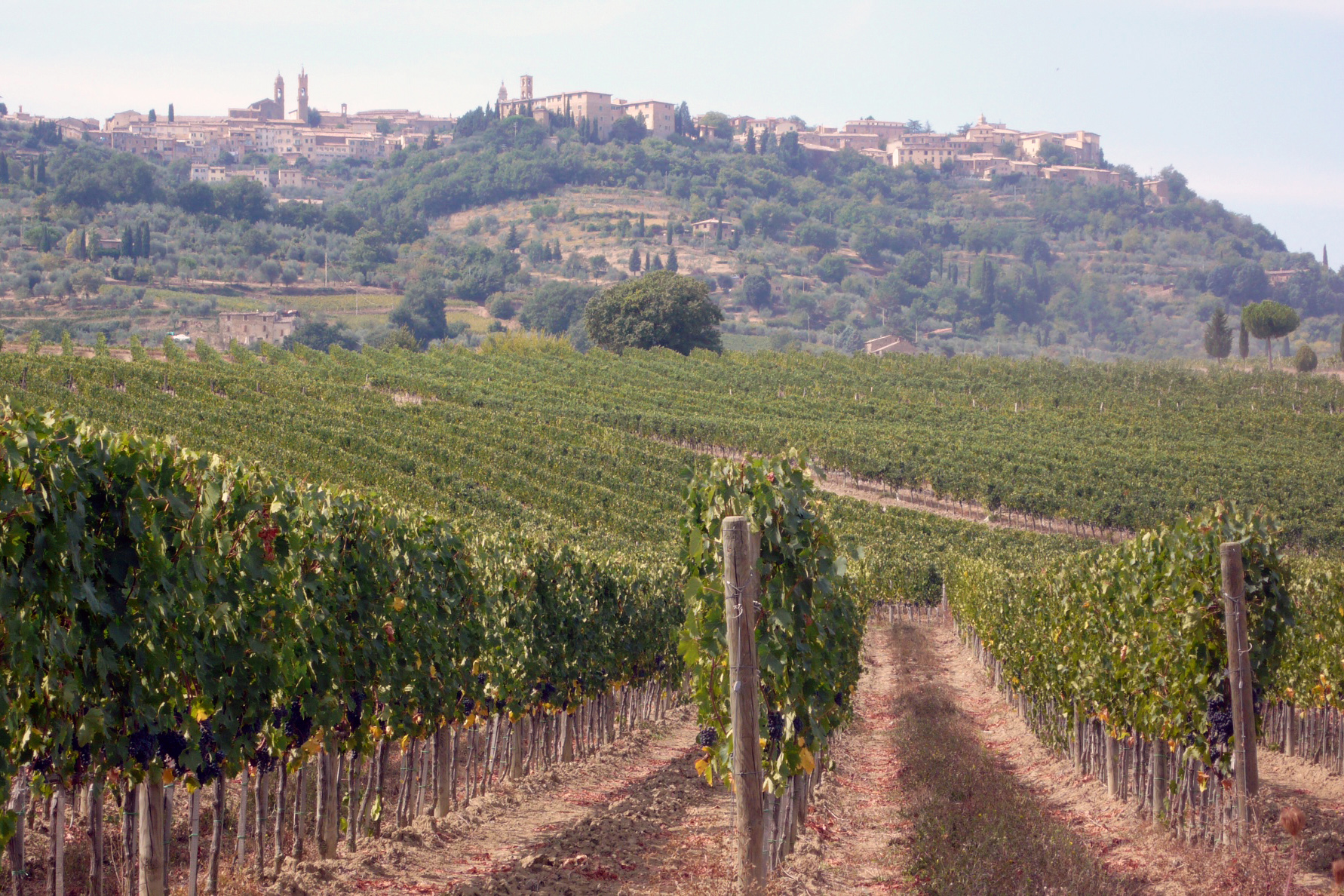
The vineyards are located in two different pedoclimatic areas, with very different terroirs and exposures that allow for a refined complexity in Pinino's wines. The historic estate vineyards lie north, in the Montosoli area, facing southeast, and are characterized by a soil rich in skeleton, mainly composed of galestro and alberese. The particular continental microclimate and the favourable characteristics of the soil produce wines with excellent structure, always maintaining good acidity, elegance, and fruitiness. The Canchi vineyards, located northeast with a southeast exposure, feature a mix of predominantly clayish soils with the presence of tuff, which gives power and structure to the wines. The particularly mild climate allows for a slow and progressive good maturation of the Sangiovese Grosso.
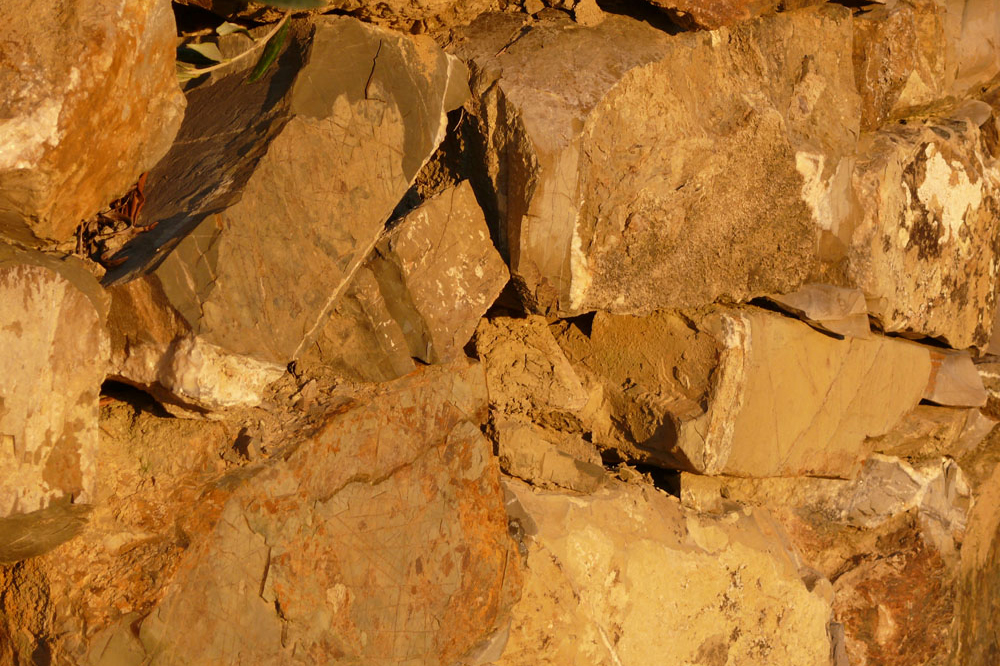






Pinino's production philosophy is based on two pillars: the pursuit of a grape production of the highest quality, starting from optimal vineyard management and a rigorous selection of the fruits on the vine, and an efficient management of the winery, where traditional methods of must processing and winemaking are integrated with new vinification techniques.



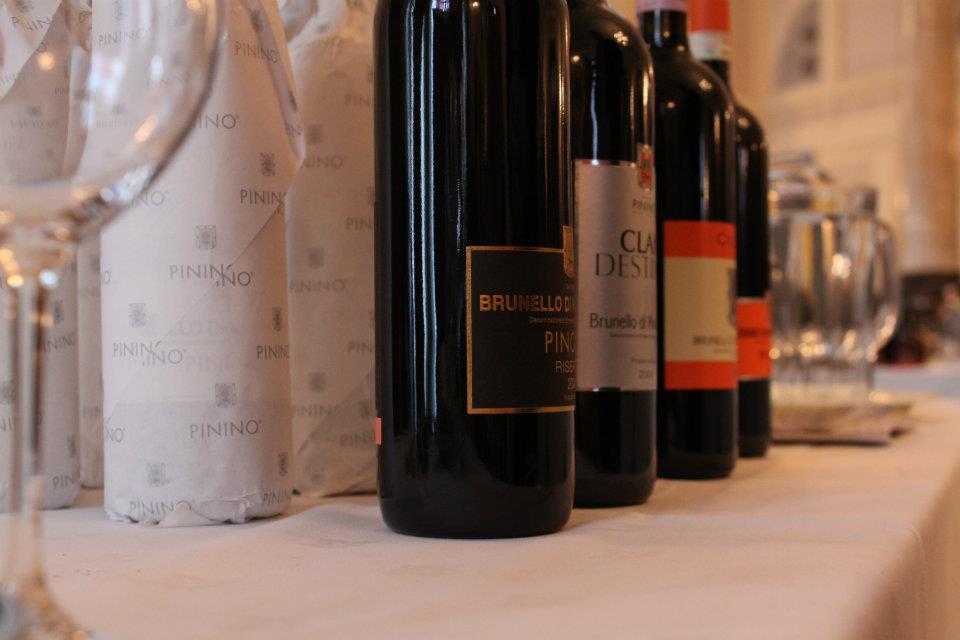
Pinino Around The World
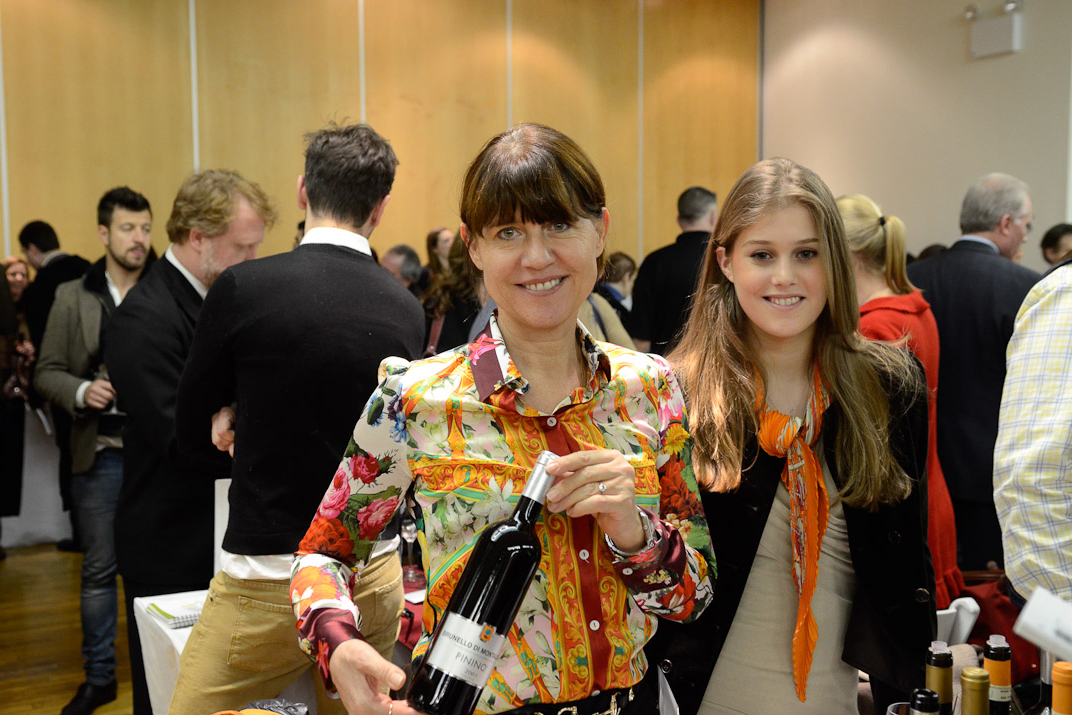
Andrea e Elena Gamon at The Italian Wine Masters in NYC

Festa della Repubblica - Italian Ambassy Madrid - Silvia Hernández and Max Hernández

Silvia Fernández - Santiago Bernabeu Stadium with Benetti & Pecoraro

Andrea Gamon - California Wine Tour
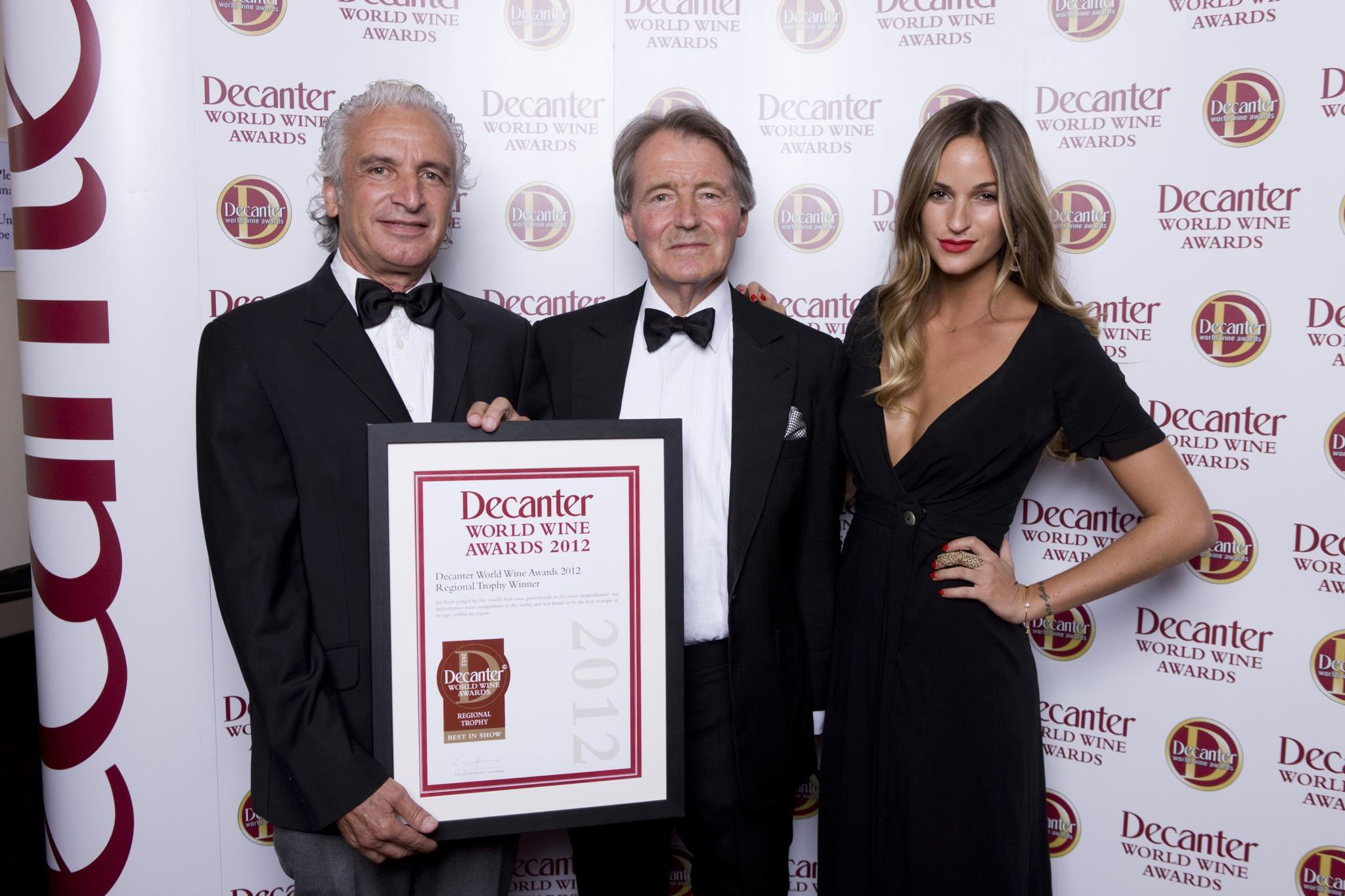
Awards Chairman Steven Spurrier with Max Hernández and Kim, The Daugther of Pinino
Products Pinino
Pinino
Brunello di Montalcino since 1874

Origins

Founded in 1874 by lawyer Tito Costanti, one of the first intellectuals who studied and laid the foundations for the fame of Brunello, Pinino is one of the wineries that marked the history of the Brunello di Montalcino Consortium. In 1950, it was actually one of the first wineries registered in the Brunello producers' register, in addition to being among its founders. In 2003, it was acquired by the Austrian Gamon family and the Spanish Hernández family, with the common intent of producing quality wines, and it remained in their hands until the purchase by the Ferragamo family.







The vineyards are located in two different pedoclimatic areas, with very different terroirs and exposures that allow for a refined complexity in Pinino's wines. The historic estate vineyards lie north, in the Montosoli area, facing southeast, and are characterized by a soil rich in skeleton, mainly composed of galestro and alberese. The particular continental microclimate and the favourable characteristics of the soil produce wines with excellent structure, always maintaining good acidity, elegance, and fruitiness. The Canchi vineyards, located northeast with a southeast exposure, feature a mix of predominantly clayish soils with the presence of tuff, which gives power and structure to the wines. The particularly mild climate allows for a slow and progressive good maturation of the Sangiovese Grosso.







Pinino's production philosophy is based on two pillars: the pursuit of a grape production of the highest quality, starting from optimal vineyard management and a rigorous selection of the fruits on the vine, and an efficient management of the winery, where traditional methods of must processing and winemaking are integrated with new vinification techniques.




Pinino Around The World

Andrea e Elena Gamon at The Italian Wine Masters in NYC

Festa della Repubblica - Italian Ambassy Madrid - Silvia Hernández and Max Hernández

Silvia Fernández - Santiago Bernabeu Stadium with Benetti & Pecoraro

Andrea Gamon - California Wine Tour

Awards Chairman Steven Spurrier with Max Hernández and Kim, The Daugther of Pinino
Products Pinino
-
Pinino - Riserva Pinone - Brunello di Montalcino Riserva D.O.C.G.
One characteristic of the Brunello di Montalcino Pinone Riserva is the long obligatory ageing during five years before it can be sold. Production, refinement and bottling must take place in the municipality of Montalcino.
59,00 € -
Pinino - Brunello di Montalcino D.O.C.G.
One characteristic of the Pinino Brunello di Montalcino is the long obligatory ageing during four years before it can be sold. Production, refinement and bottling must take place in the municipality of Montalcino. According to the best of traditions our Brunello matures in large oak barrels.
39,00 € -
Pinino - Brunello di Montalcino D.O.C.G. - 375 ml
One characteristic of the Pinino Brunello di Montalcino is the long obligatory ageing during four years before it can be sold. Production, refinement and bottling must take place in the municipality of Montalcino. According to the best of traditions our Brunello matures in large oak barrels.
19,90 €Sold Out - Not Available -
Pinino - Rosso di Montalcino D.O.C.
The Rosso di Montalcino is made from the same grapes for Brunello. During the fermentation, however, this wine has a shorter vesting period and is ready for consumption two years after the harvest. The Rosso di Montalcino is harmonious, elegant and spicy. It can be combined with many foods.
22,00 € -
Pinino - Cupio - Brunello di Montalcino D.O.C.G.
One characteristic of the Pinino Brunello di Montalcino is the long obligatory ageing during four years before it can be sold. Production, refinement and bottling must take place in the municipality of Montalcino. According to the best of traditions our Brunello matures in large oak barrels.
28,00 €Sold Out - Not Available -
Pinino - Cupio - Rosso di Montalcino D.O.C.
The Rosso di Montalcino is made from the same grapes for Brunello. During the fermentation, however, this wine has a shorter vesting period and is ready for consumption two years after the harvest. The Rosso di Montalcino is harmonious, elegant and spicy. It can be combined with many foods.
12,00 €Sold Out - Not Available -
Pinino - Grappa of Brunello di Montalcino
The grape selection of Pinino is strict in order to assure low yield and high wine quality. Harvest is done manually in crates. Fermentation happens in modern and technological steel vats that guarantee a soft treatment of the skins. These techniques, together with the excellence of the raw material allow us to obtain our Grappa of Brunello.
35,00 €Sold Out - Not Available -
Pinino - Aged Grappa of Brunello di Montalcino
The grape selection of Pinino is strict in order to assure low yield and high wine quality. Harvest is done manually in crates. Fermentation happens in modern and technological steel vats that guarantee a soft treatment of the skins. These techniques, together with the excellence of the raw material allow us to obtain our Grappa of Brunello.
40,00 €Sold Out - Not Available







